Porsche 924 Buying Guide
The Porsche 924 is a great driver's car and a brilliant entry into classic sportscar ownership. Sadly it has spent many years being misunderstood and labeled as a 'poor mans Porsche' by devout rear-engined enthusiasts, but whilst unfair, this label plays very much to the advantage of a buyer as prices have remained affordable. If you fancy yourself behind the wheel of a classic Porsche for half the price of a Golf GTI read on... Here's our Porsche 924 Buying Guide
What is a Porsche 924?
Launched in 1976 as a joint project between Porsche and Volkswagen, the Porsche 924 was designed to be a water-cooled replacement for the Porsche 914. It featured a front-mounted, inline 4-cylinder OHC motor, which is sometimes cruelly referred to as ‘the van engine’. Whilst this motor is based on the Audi 100 2.0-litre unit, which was later fitted to the VW LT-range of vans, the Porsche-designated engines were not the same. They feature a forged crankshaft and larger bearings in the cast-iron block case with a Porsche-designed aluminium cylinder head on top. Fuelling is handled by the Bosch CIS/K-Jet fuel-injection system which provides reliable service, despite being what some might consider an ‘older’ fuelling arrangement. Production ran from 1976 through to 1988, and the model was fazed out with the LeMans special edition as seen in many of these photos below. A forced-induction version, the 924 Turbo arrived in 1978 and the 'S' model with the 944 based 2.5-litre engine was made available for 1986. There was even the homologation Carrera GT and uber-rare Carrera GTS created to allow for the car to compete at LeMans. There is some serious pedigree behind the 924 if only everyone knew...
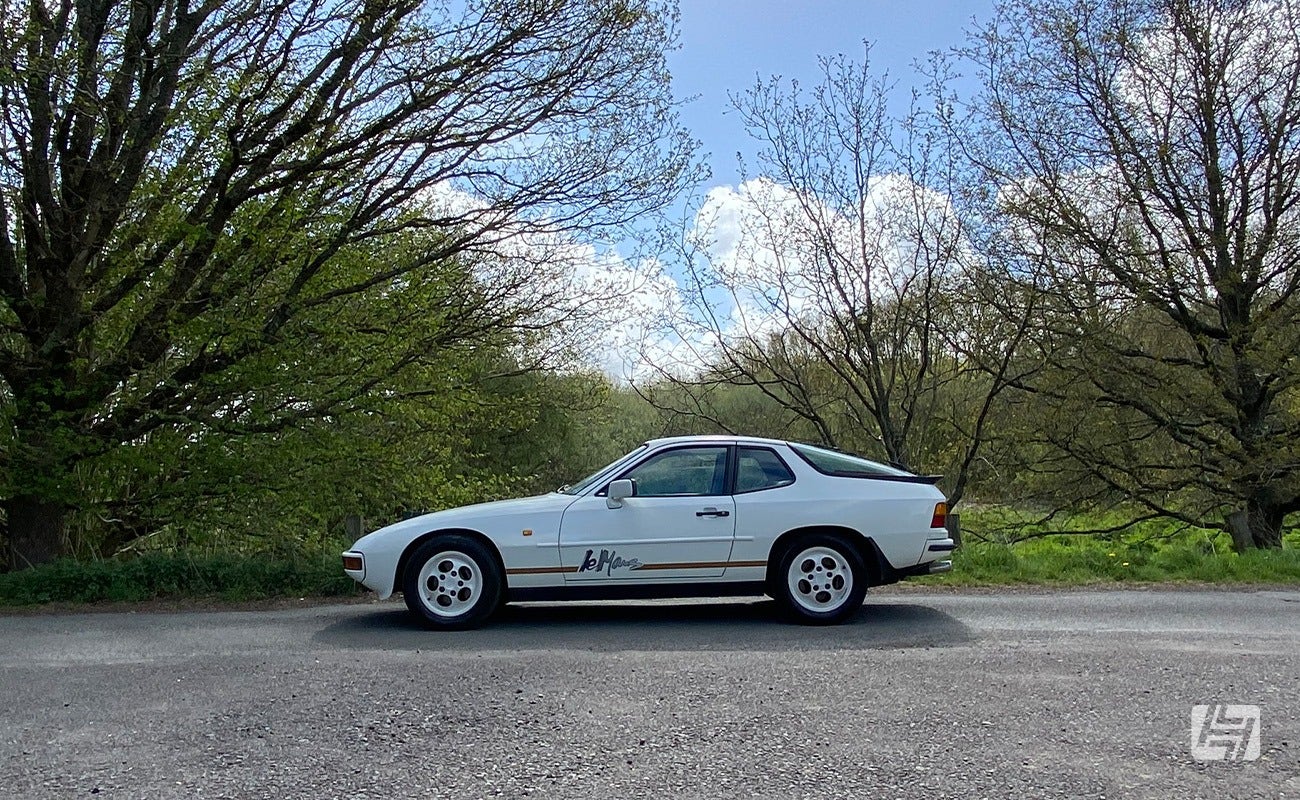

The basics of the Porsche 924
The 924 is a monocoque construction, front-engined Porsche with McPherson struts at the front, which unsurprisingly given the initial partnership, are quite similar to those of an early water cooled VW. At the back, there is an independent rear suspension set up, with swing-arms that resemble the IRS VW design found on the 1302/1303 models (in fact they are commonly used as an upgrade for Beetle owners). Thanks to the front engine and rear transaxle design giving a near-perfect 48/52 split weight distribution, the Porsche 924 is a very well-balanced and capable sports car to drive. Plus, if you are shopping in the UK keep in mind that vehicles over 40 years old currently qualify for free road tax and can also be registered as MOT exempt, saving you money on annual running costs.
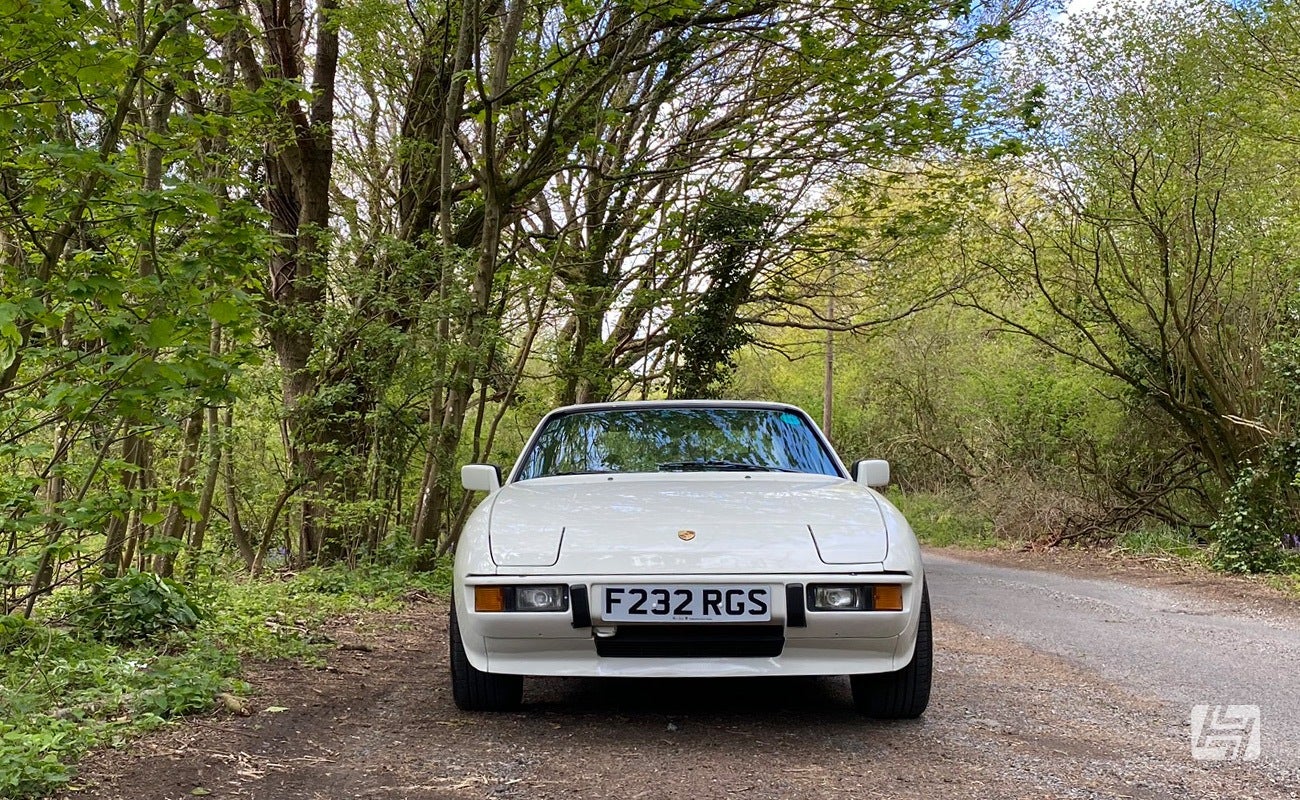

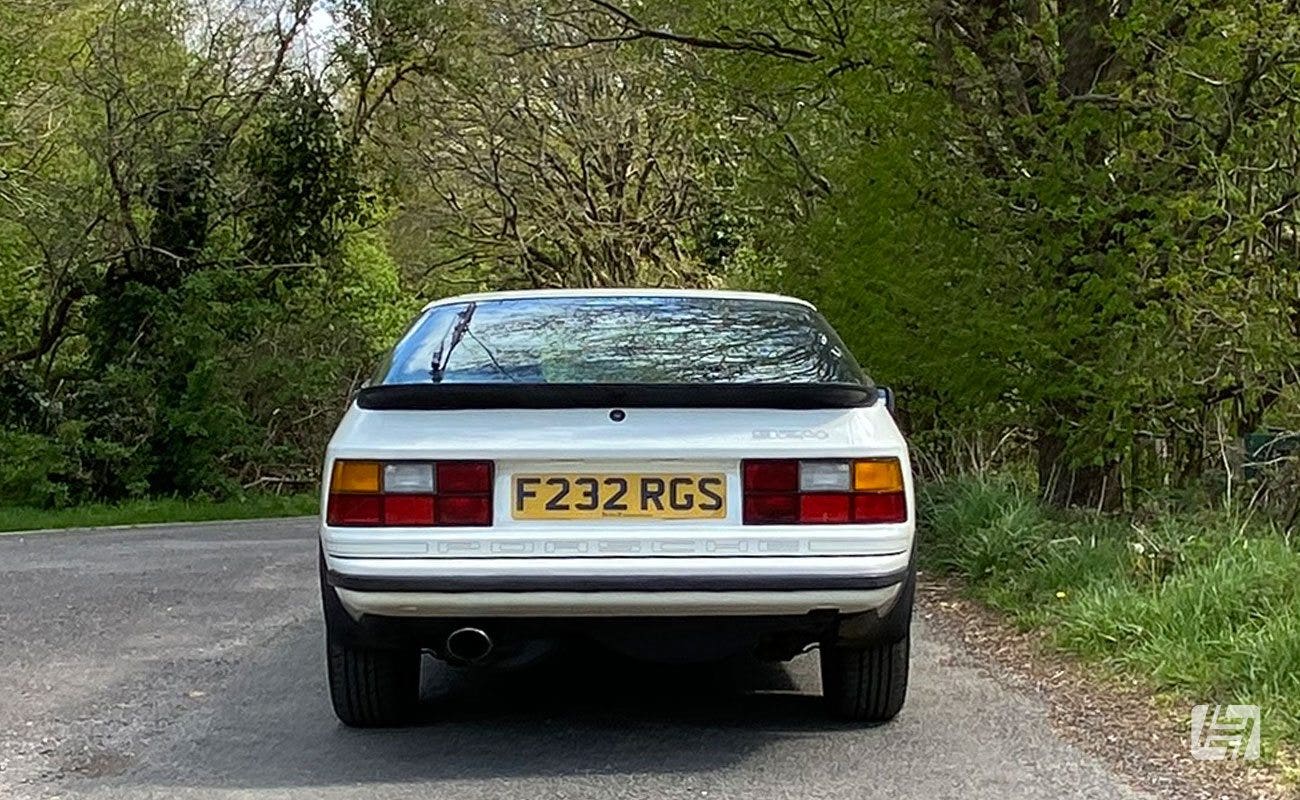

Porsche 924 2.0 Litre
There were 3 main Porsche 924 models available to the general public. The first was the 2.0 litre powered entry-level car which produced 125bhp in European spec. Whilst power is comparable to a Golf GTI of the same period, the 924 carries a slight weight penalty and is a fraction slower to 60mph but this is soon forgotten about when you slide into the seat and sit in a sports car, rather than more upright in a hot hatch. Servicing processes and costs are comparable with early Golf ownership, and almost all mechanicals are nice and simple to access via the large rear-hinged bonnet. In fact, because of the initial development partnership with Volkswagen, plenty of VW parts feature on these cars making Porsche 924 spares readily available.
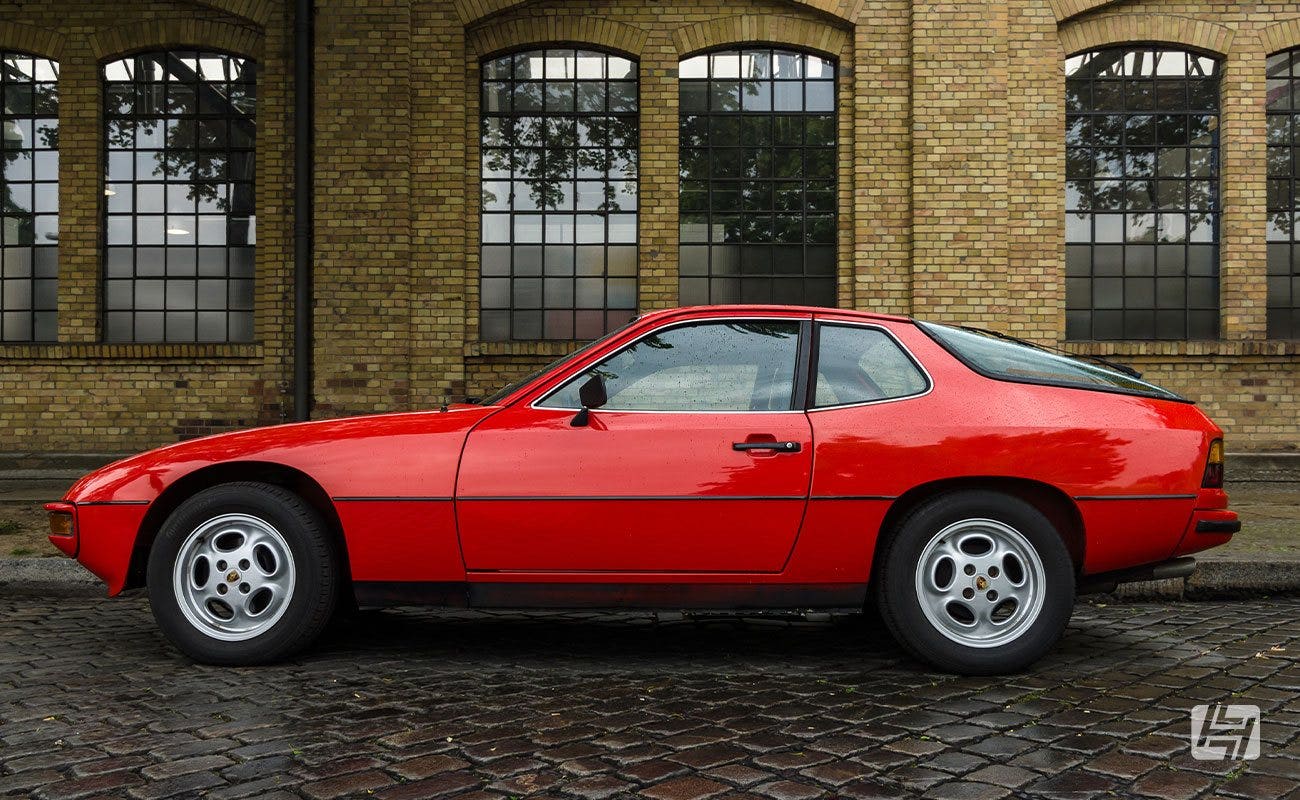

924 Turbo
It's only when you understand that the Turbo was launched before the 2.5s that it makes sense why Porsche used a 2.0 engine for their then flagship transaxle model. With a modified cylinder head to lower the compression ratio, and of course a turbocharger, the gutsy 2.0-litre coupe could sprint to 60mph in less than 7 seconds, with series 1 cars producing 170bhp and series 2 models ('81 onwards) a very healthy 177bhp. With its slippery design and even distribution of weight, a 924 Turbo will keep many of its far more expensive contemporaries honest. As a direct comparison, the 911 SC of the time offered 180bhp, but it did hold a 20kg advantage on the scales.
Visually distinguishing itself from the 2.0 litre, the Turbo models featured a NACA-style air-duct in the bonnet helping to draw heat from the engine out, and four vents in the front panel to help get more cool air in. Side on you can spot a Turbo (or an S) from the fact they had 5/130 wheels, rather than 4/108 like the 2.0 model. Should you be itching for some boost, be sure to check for blue smoke and/or a worn turbocharger. They require regular maintenance and are perhaps a little less robust than the normally aspirated cars, or any turbocharged car from the past few decades. However fragile or temperamental, the performance is impressive meaning good examples command quite a premium today!
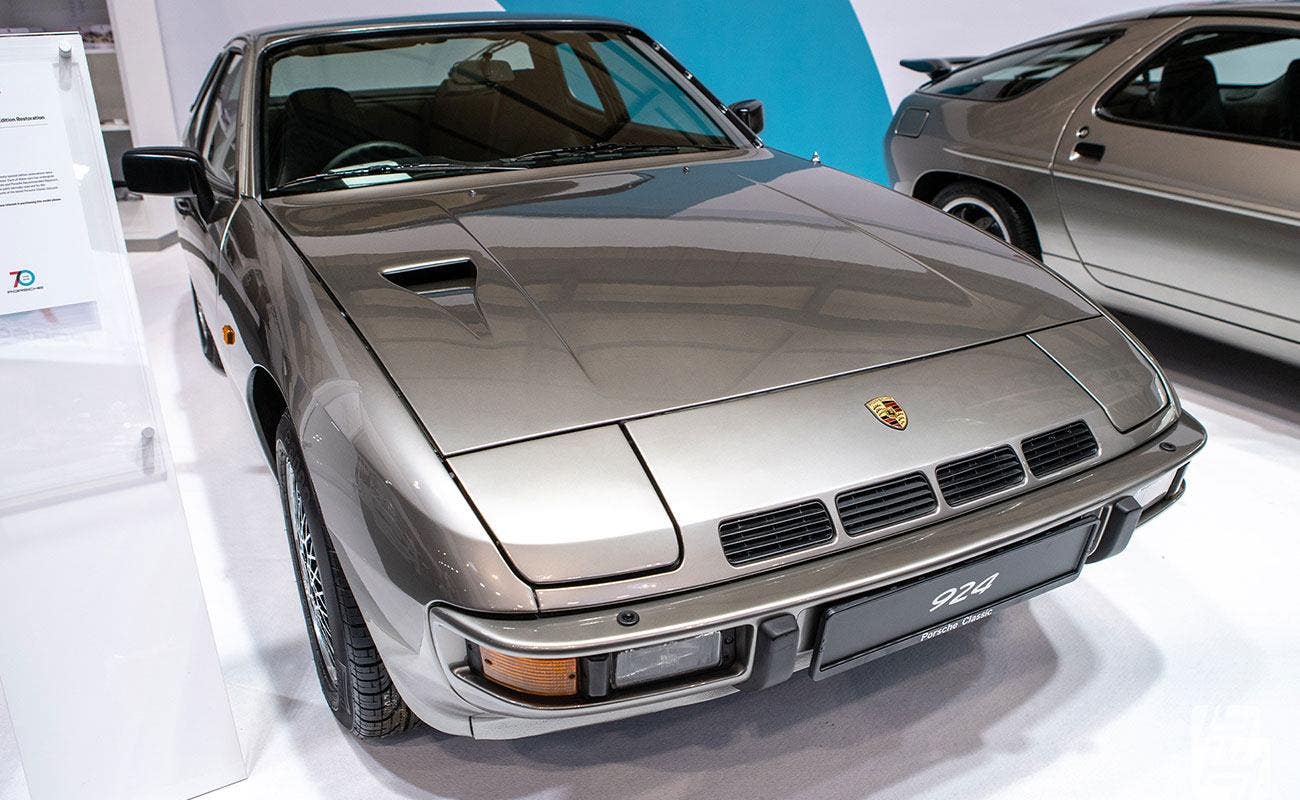

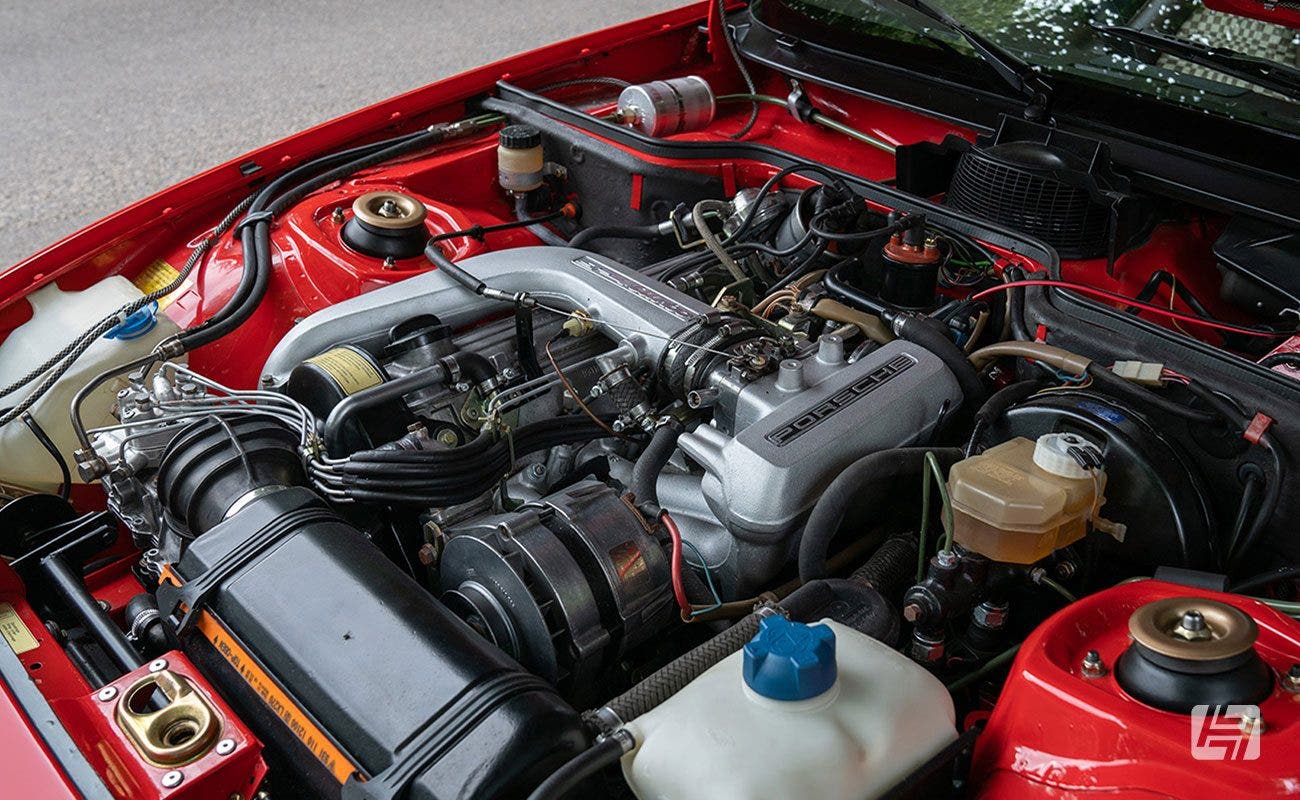

The Porsche 924S
The big difference with the 'S' model was the engine. The 2.5 litre all-aluminium unit was Porsche designed and also the standard fitment for the entry-level 944. Initially offering 148bhp it was later upgraded to 156bhp for the last year of production. The 2.5-litre ‘S’ cars also featured oil-filled/damper-style engine mounts, so if you find a vibration at idle, check the condition of the engine mounts first. Whilst this increase in power is most welcome, the 2.5 Porsche engine is more expensive to service and repair than the 2.0 litre with many 924 engine parts no longer using a VW part number. Like the Turbo the 924S gained the Porsche 944 brakes (and, consequently, the same 5x130mm bolt pattern as the 911 range) as well as some general interior upgrades etc.
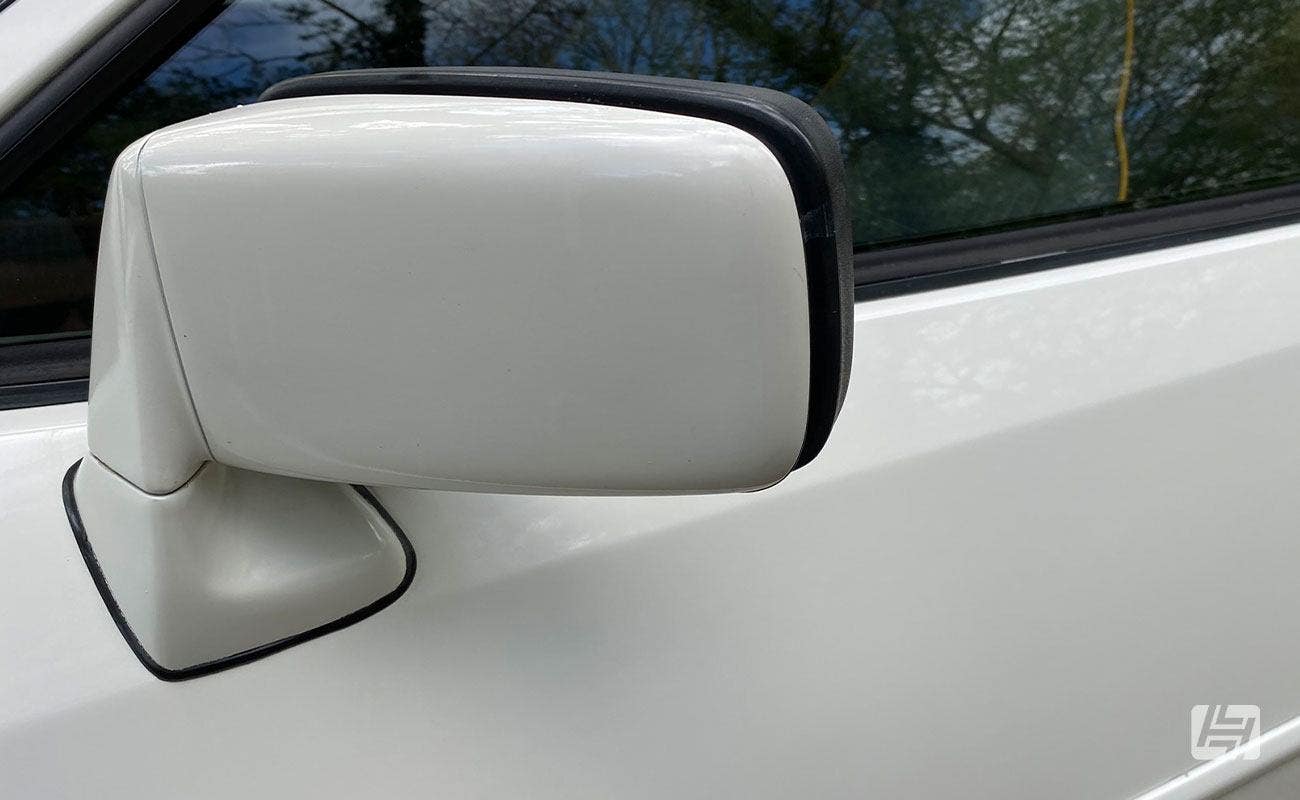

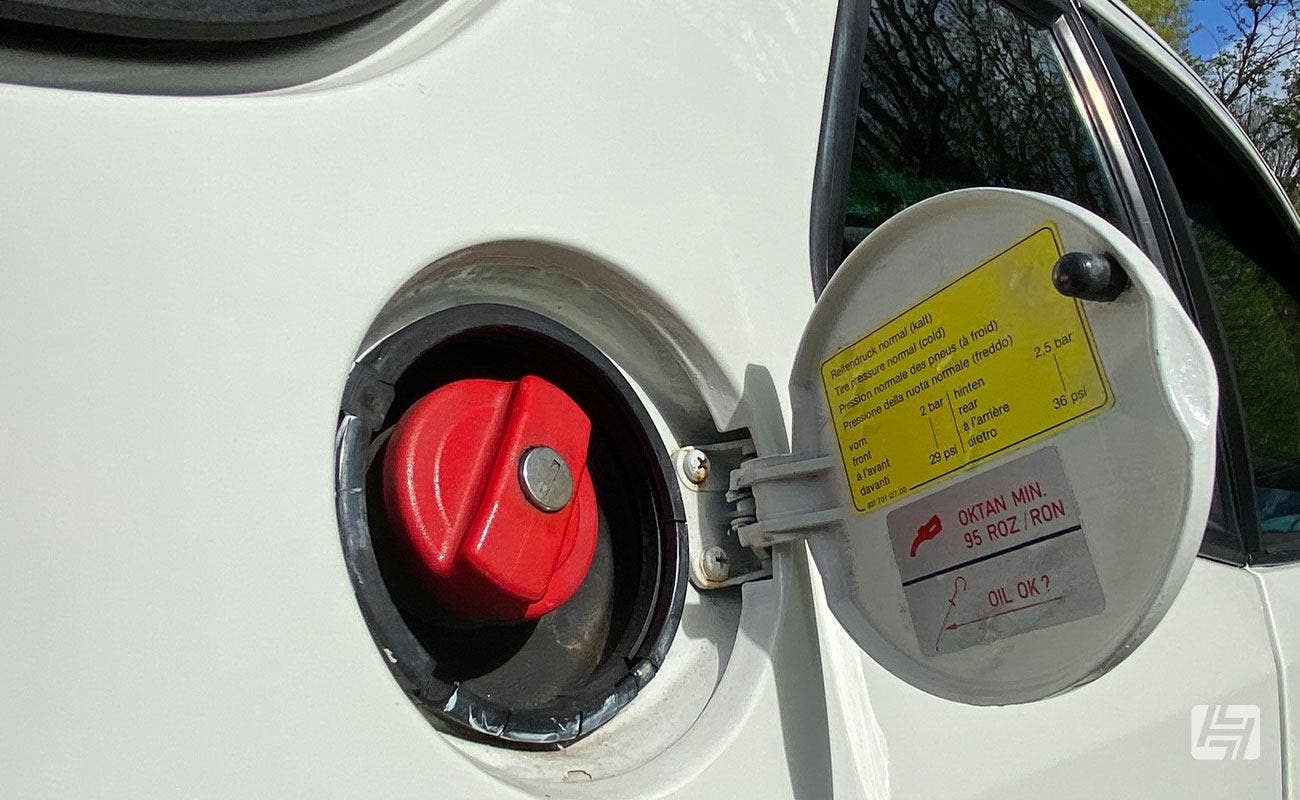

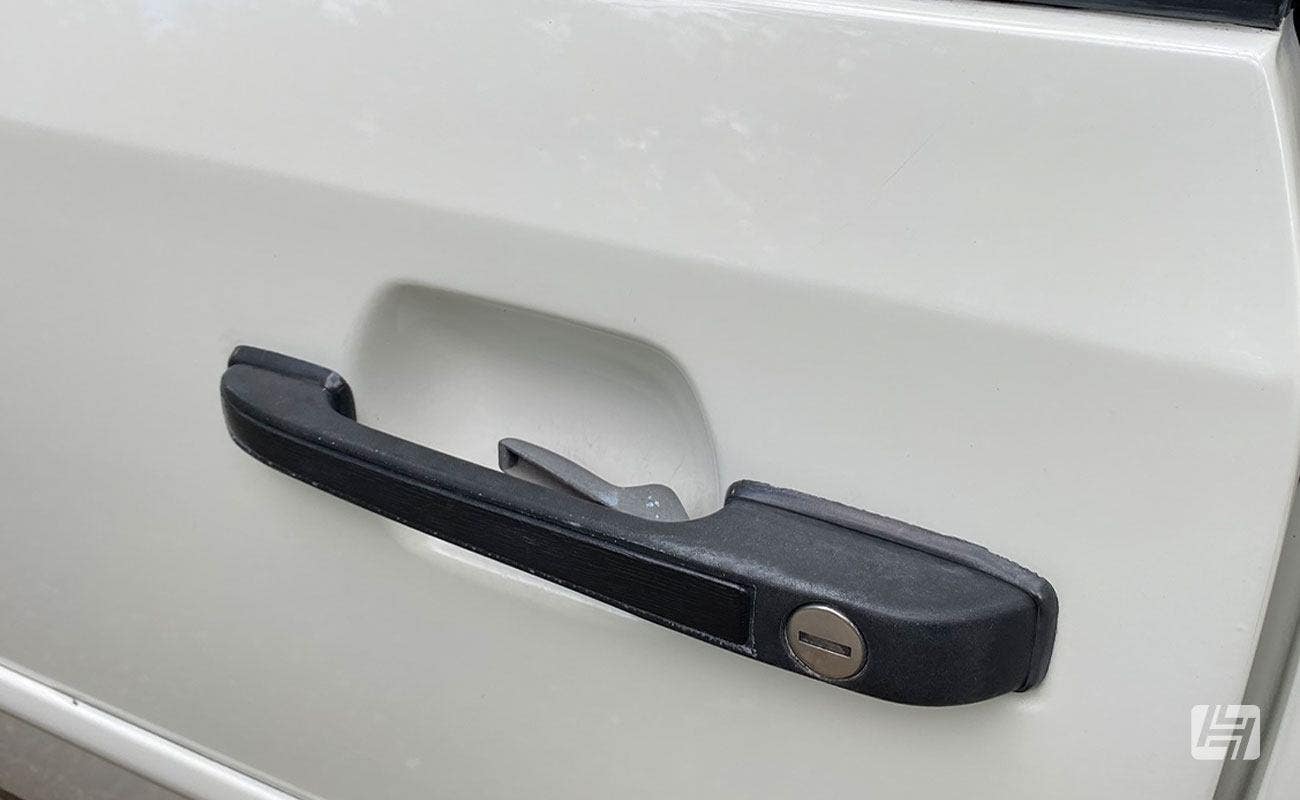

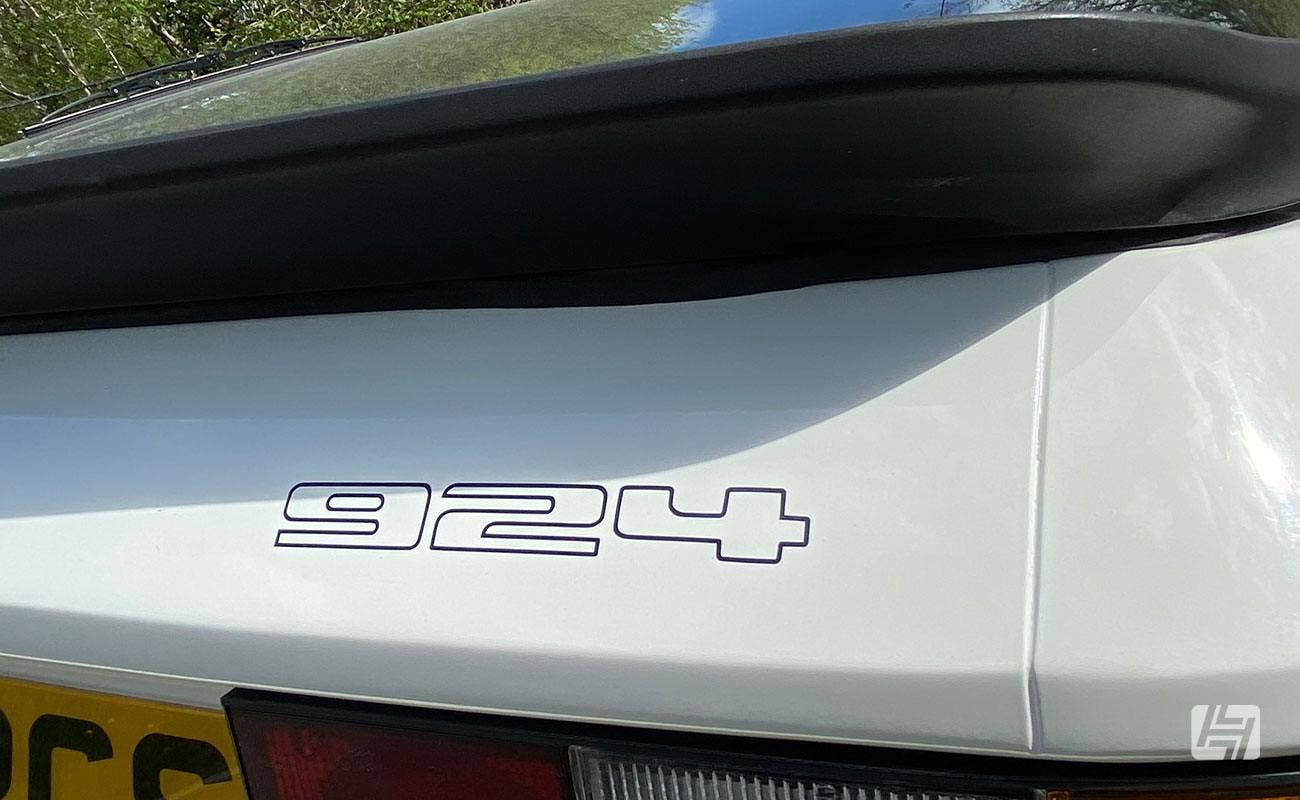

Carrera GT
We won’t dwell on the awesome 924 Carrera GT model for too long as only 408 vehicles were ever built and they are priced for serious collectors these days. But with flared wings, spoilers and an aggressive air intake, the styling is impressive, to say the least. It was built to comply with homologation regulations for the Carrera GT and later GTS racecars and only available in red, black, white or silver. With a selling price of around £80,000, you are unlikely to be shopping for one but it's certainly worthy of a photograph. Decent replicas currently change hands for around £20k and Carrera GT body kits are available to convert a 924 yourself, should you wish. Don't they look great?
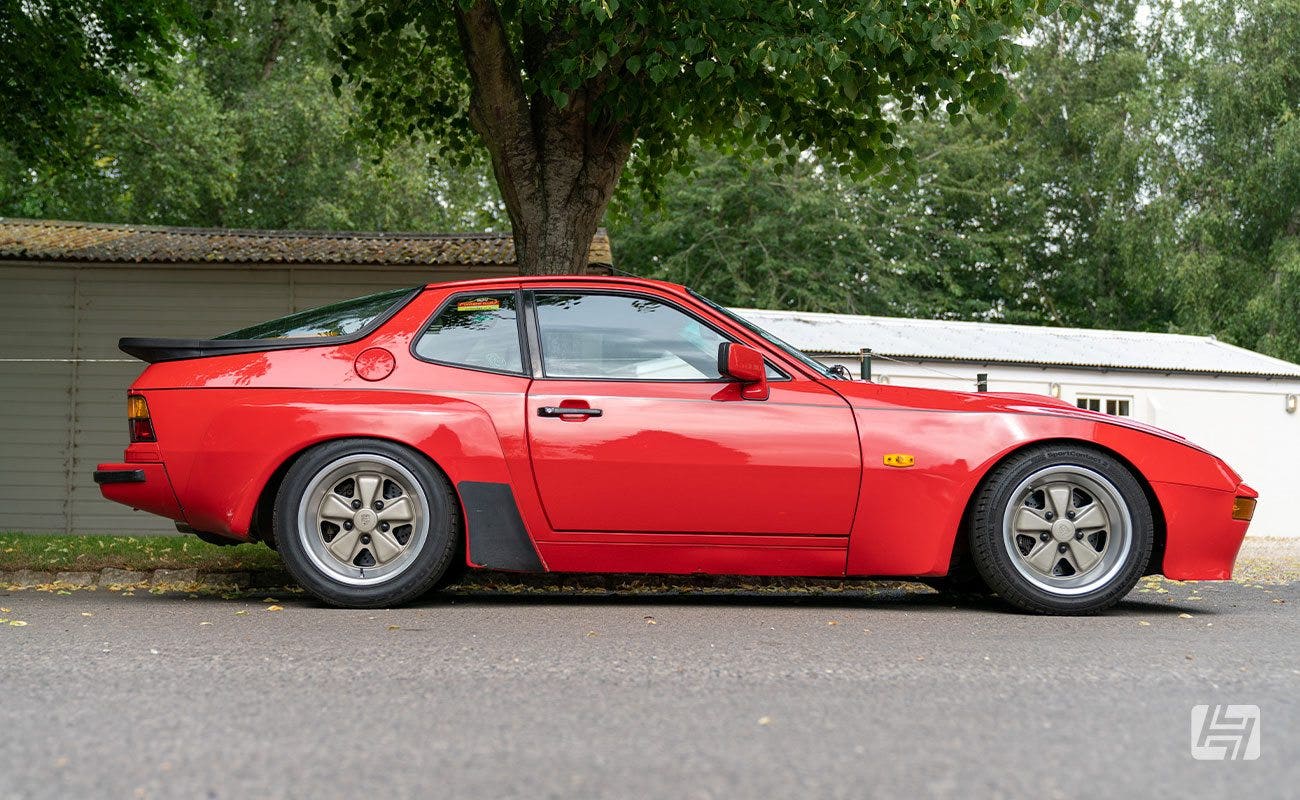

Porsche 924 Clutch and gearbox
The 924 transmission/clutch is pretty robust, however, be aware that clutch problems can be not only difficult to remedy, but also quite expensive to fix, too. The basic 924 uses a conventional clutch with a mechanically sprung centre plate, but the 924S features a rubberised centre section (to reduce vibrations and soften engagement), which can weaken over time and eventually fail. For reference, the standard 924 clutch is a quarter of the price of the later rubberised type. Replacing the clutch is a tricky job on any 924 and isn’t really the sort of task you’d typically tackle on the driveway. Equally, it's just as much work to swap a noisy release bearing, so do listen for whirring bearings and check the clutch operates properly before handing over your cash. A 4 post ramp is the safest and most sensible way to tackle a Porsche 924 clutch change, should you want to consider it. The vehicle will need to be raised all-round for full, underside access and you’d be looking at anywhere between £600 and £1000 to get a professional to tackle it for you. Incidentally, some cars suffer from noises in the torque tube (there are 4 bearings in the entire driveshaft set-up), and this can also lead to hours of dirty work to rectify. On higher-mileage cars, transmission / final-drive whines are common, so keep your ears open and turn the radio down when you’re test-driving a 924! The 924 was available with an automatic gearbox, which does a job, but remember was developed in the 70s! It is possible to convert from an auto to a manual, but the huge effort and costs involved make it a fairly uncommon practice.


Driving a Porsche 924
Performance should be crisp and, in our experience, roughly on par with an early Golf GTi (depending on your engine choice). What we mean is that it’s not quick by modern standards but, if you push it hard, there’s certainly some fun to be had. The drive should be nimble and the steering response good. If you’ve got play in the steering, then factor in a new rack and/or track rod ends. Later models benefit from PAS making urban driving manoeuvres a far more pleasant activity, but this doesn't remove the feedback whilst driving. It’s not uncommon for these cars to wear out dampers and bushes, so if you feel any odd wobbles, ‘bouncing’ or squeaks, then have a good look around when you finish your test drive. Porsche 924 shock absorbers are reasonably cheap and easy to swap, but 924 anti-roll bar bushes can be fiddly to change if they’re perished or split. You should be pleasantly surprised by the sure-footed handling of a good 924 as, even on relatively skinny tyres, the near 50/50 weight distribution results in a very capable car through the bends. This is why they’re considered to be such a great track day car… In fact, some consider them to be better balanced in the bends than a Boxster although, with half the power, the straight-line speed will be a little behind the much newer mid-engined car.
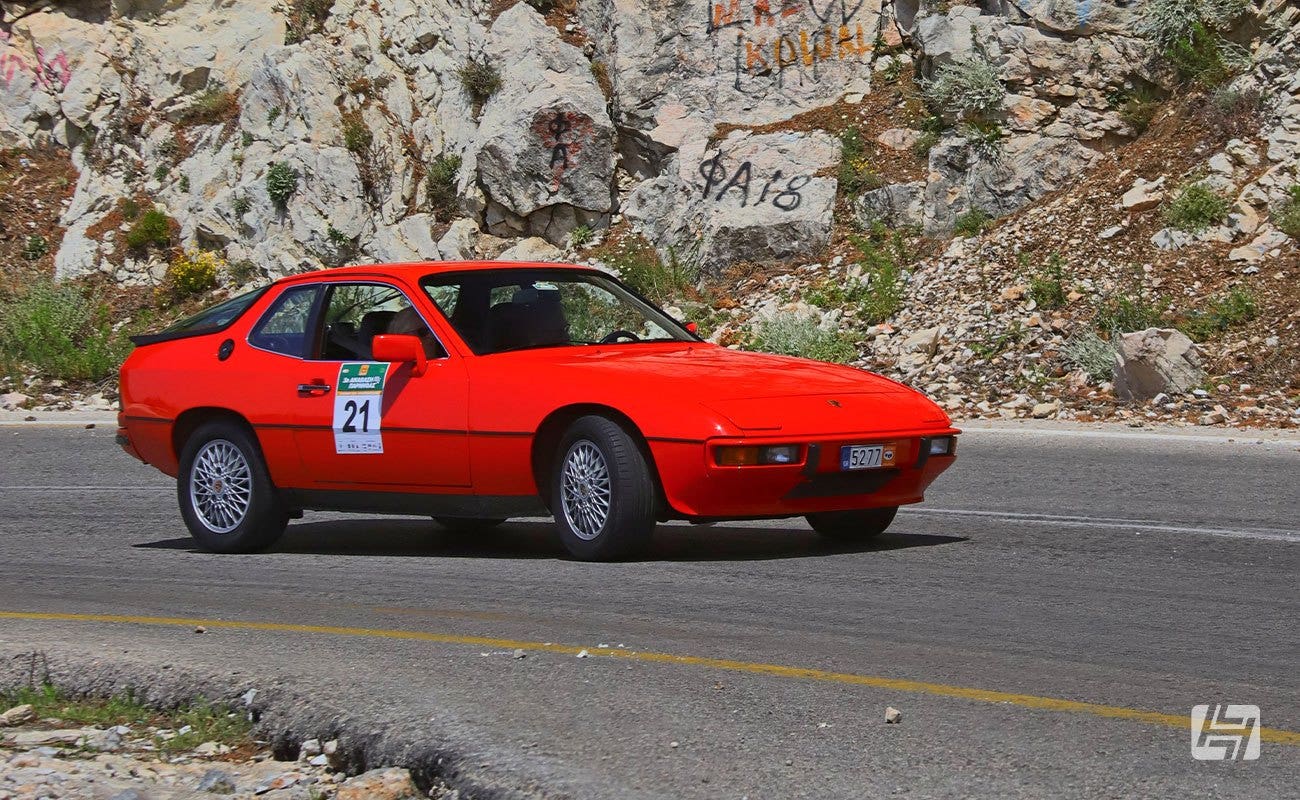

924 Bodywork
From 1980 onwards, one of the big selling points was that Porsche 924 bodywork was galvanised to make it as rust-resistant as possible, but this doesn’t mean that they never rust! Be as thorough as possible, as it’s rare for a UK/European car to be 100% solid. As a very useable drivers car expect to find stone chips or evidence of paintwork on the front valance and nose. Look down both sides to check for dents and any sign that a previous owner may have been busy with the filler to cover up some accident damage. Check chassis legs in the boot and at the front for any evidence of impact or creasing.
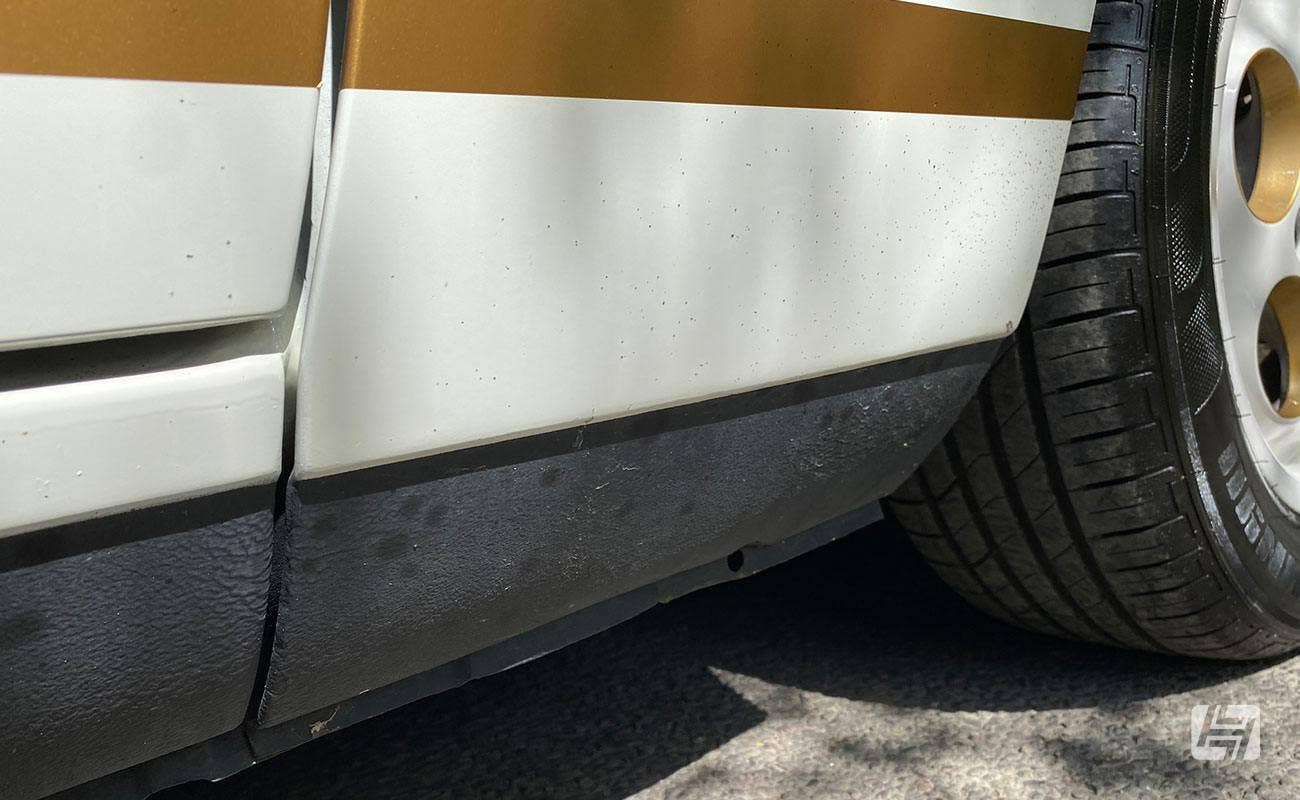



Rusty Porsche 924 Sills
Does the central jacking point on the sill look as if it’s kinked upwards in the middle? If so, there’s a good chance that the sills will feature rust, and the structural integrity may have been compromised. If you can see rust bubbles or even holes then the 924 sills will need some work, if not replacing. At the rear of the sill, slide under the car with a torch and inspect the inner sill, especially ahead of the rear suspension. Holes here can be difficult to repair. At the front of the sill, check for rust where the wing meets the sill panel. The lower section of the front wing is a common problem area where it is bolted to the floor. If the wing has rust, check the body here, too. Sunroofs and door seals do leak, so if moisture is allowed to get into the cabin for a prolonged period, then this could be the beginning of inner sill issues or corroded floor pans. Remove the sunroof to check around the edges, and inspect the drain holes to check they are clear.
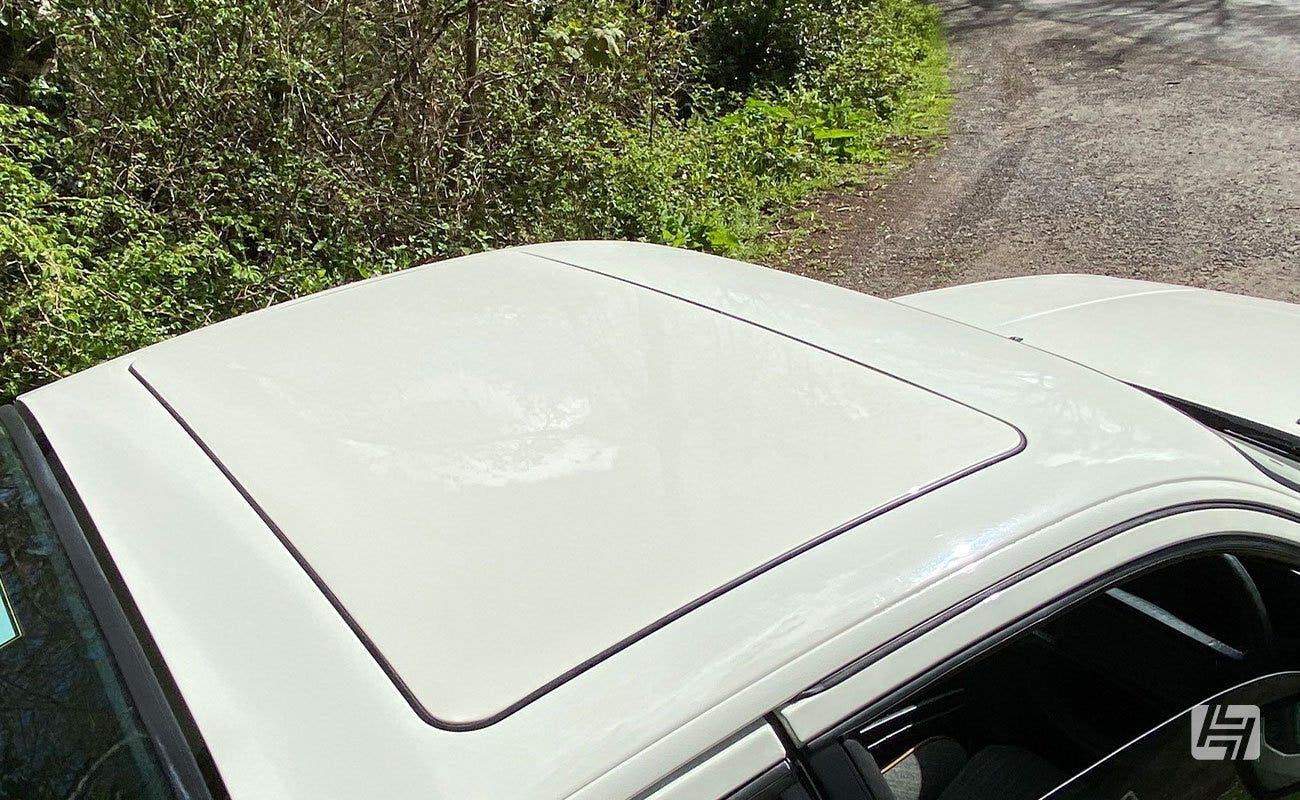

Tailgates and Electrics
Porsche 924 tailgate struts are often leaky or weak, but they’re not too difficult to repair. Also, check things such as the heated rear window terminals are all intact and working and inspect the tailgate seal carefully, too. Later models feature an electrically operated boot release, but these can become sticky and they either fail to unlock or won't re-lock after opening, leaving you with an unsecured tailgate mid-journey! Chat with the seller, but you may choose to just use the key. The tailgate glass has a habit of lifting from the metal frame, especially by the hinges, so check this and for signs of water ingress around the headliner and on the rear boot carpet. Being a Porsche there are some additional luxuries over a VW of a similar age. Pop-up headlights look great but have the potential to cause problems. Electrically controlled seats might not function fully and aftermarket audio and security devices could be causing the battery to drain. Should you discover any intermittent wiring issues they'll keep you occupied with your multimeter for some time. But don't let me put you off...
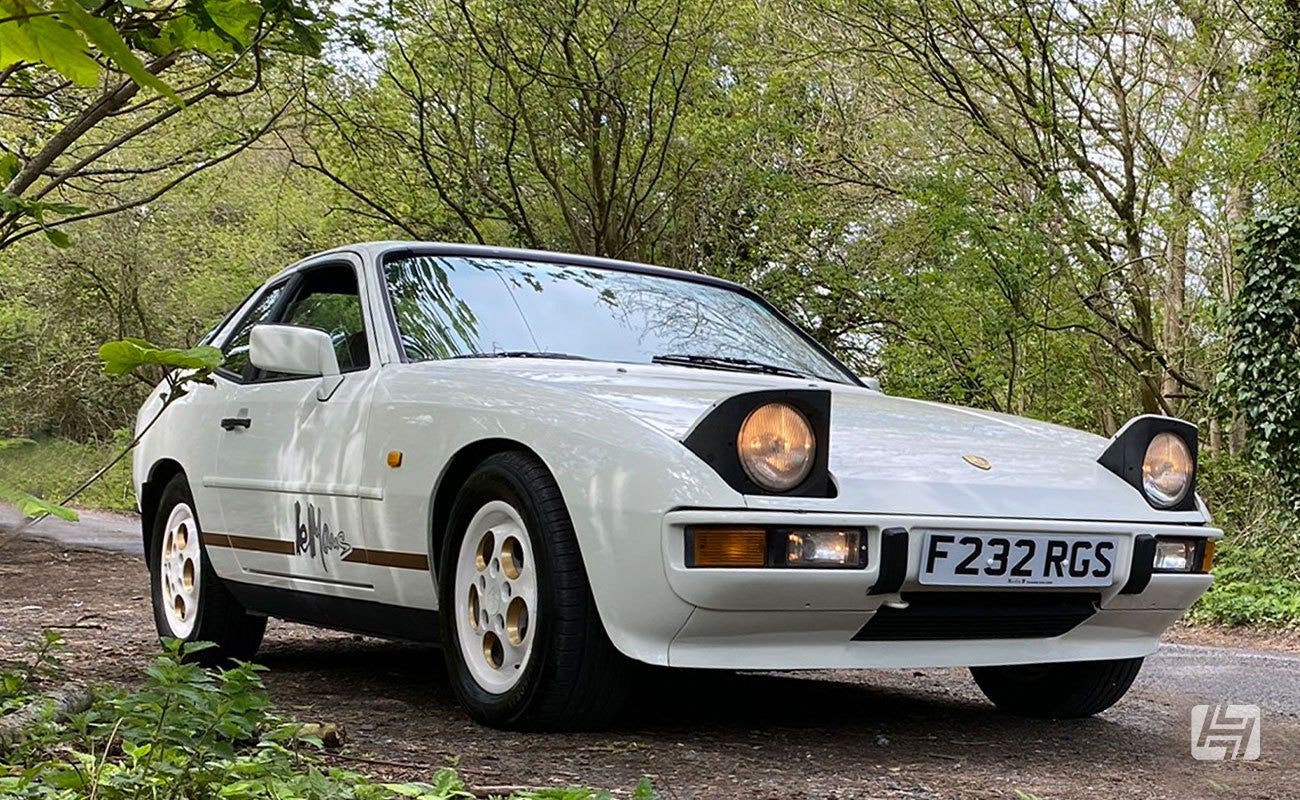

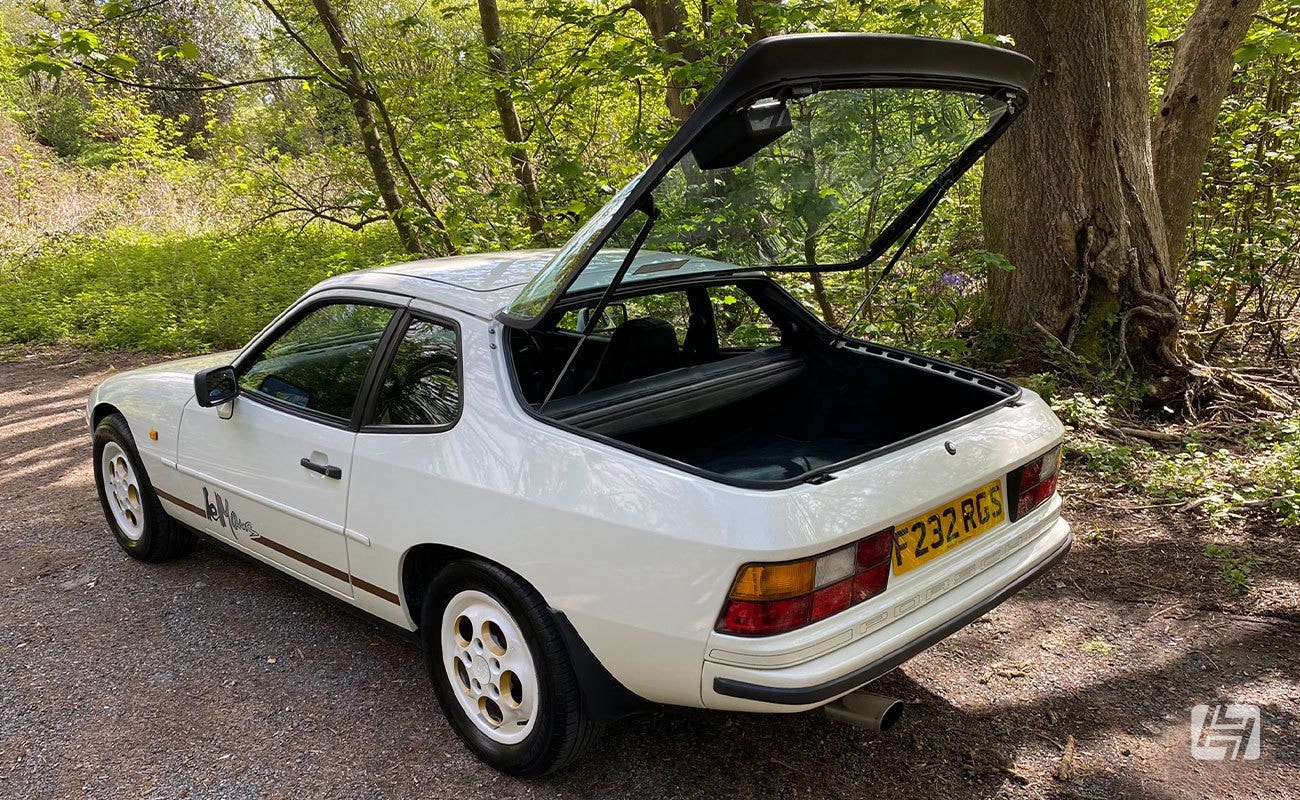

Porsche 924 Interior
Whilst running alongside the 944 for several years the 924 interiors were never updated with the more modern 'oval dashboard' like their 944 stablemates were in 1985. Because of this, the car retains a more classic innocence about it, and despite the registration plate, feels a little more vintage than it is. Individual gauges, rather than a large binnacle sit directly behind the steering wheel, and the dashboard is slight and minimal with the controls being largely situated on the centre console. The seats in base models are far flatter than the Turbo-spec examples seen in this white LeMans edition but are nethertheless comfortable and supportive enough to enjoy the majority of bends at pace. Early cars may not have rear seatbelts fitted at all, or you may find lap belts installed as a token safety gesture. Static 3 point belts can be installed as an upgrade, or late models came with 3 point inertia belts as standard. Whilst the rear seats look great for kids, baby seats are notoriously impossible to install, so consider them useless until your child at least starts at school. Rear boot space is a decent size, and with the seats folded flat you can transport a fair number of suitcases, a few sets of golf clubs, and even a bike or two with the front wheels whipped off. You'd struggle to do that in a rear-engined Porsche...
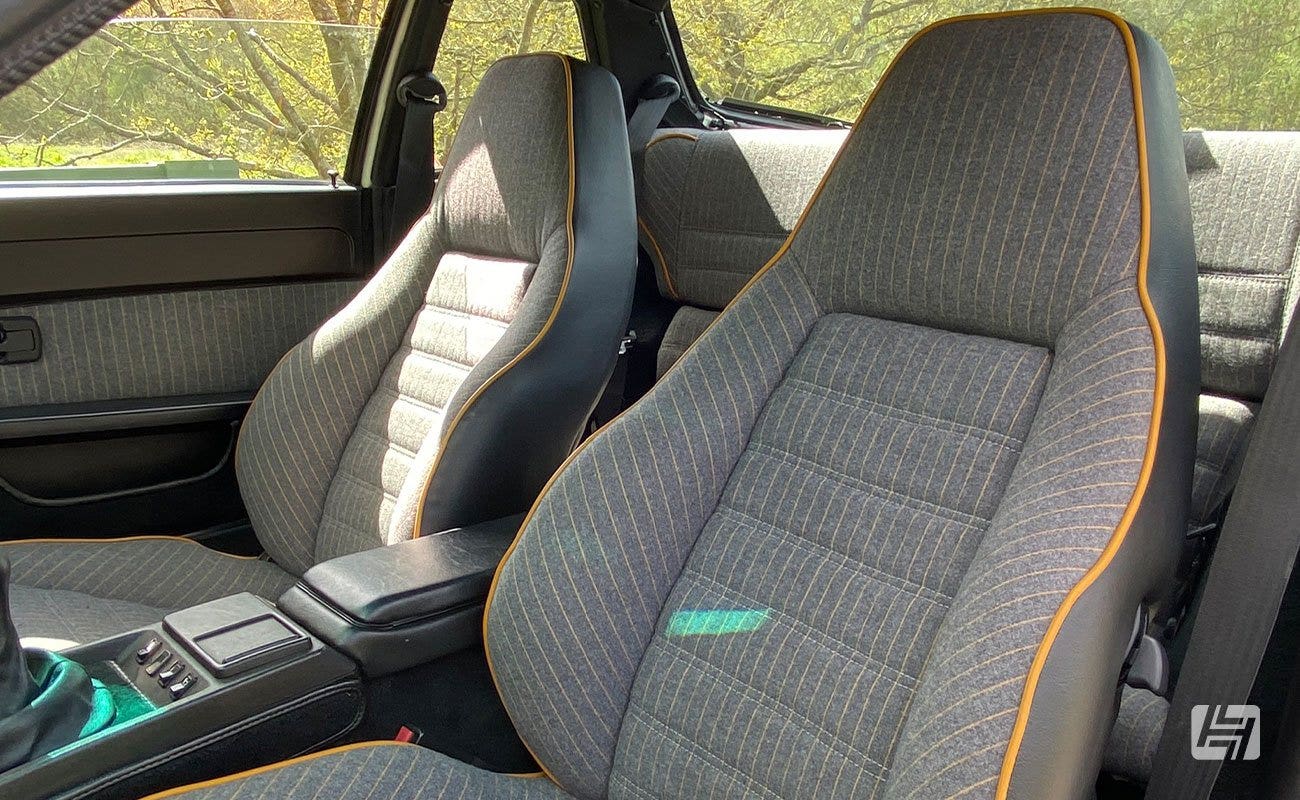



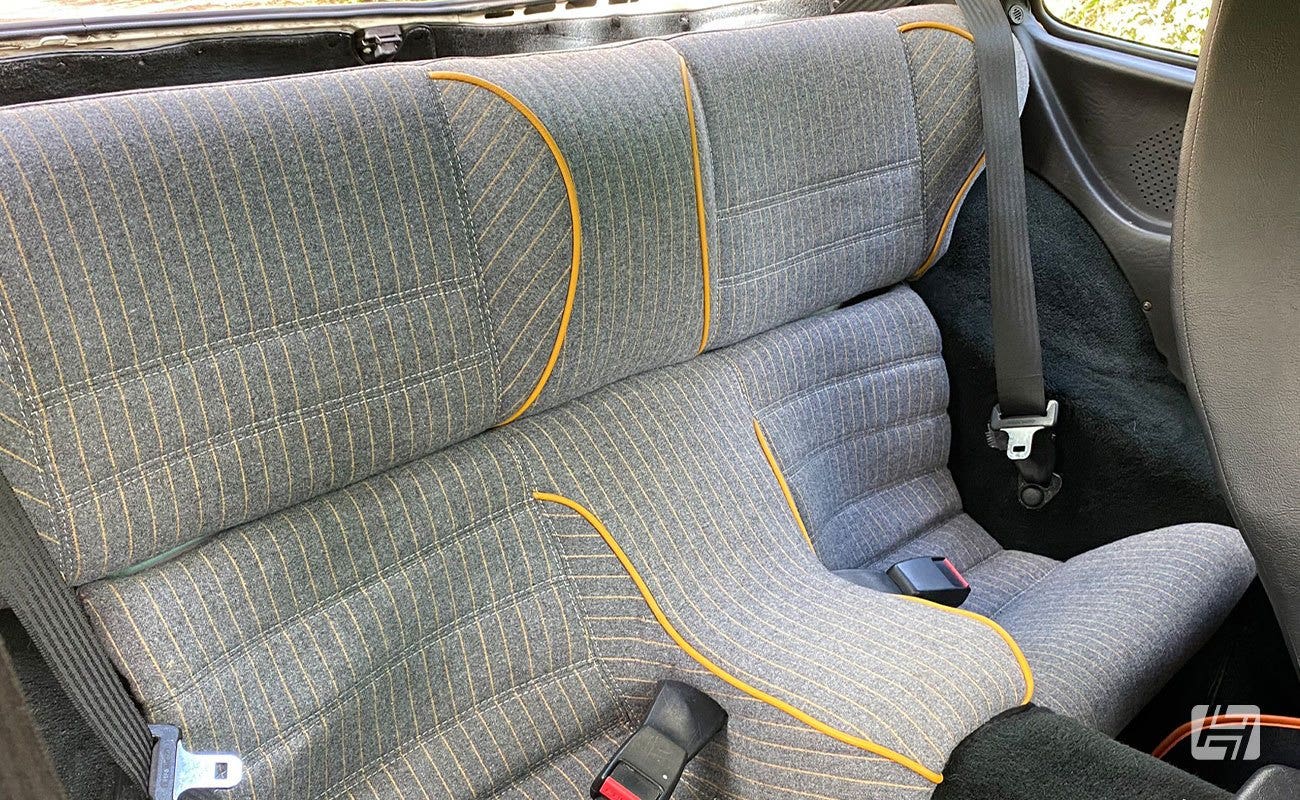

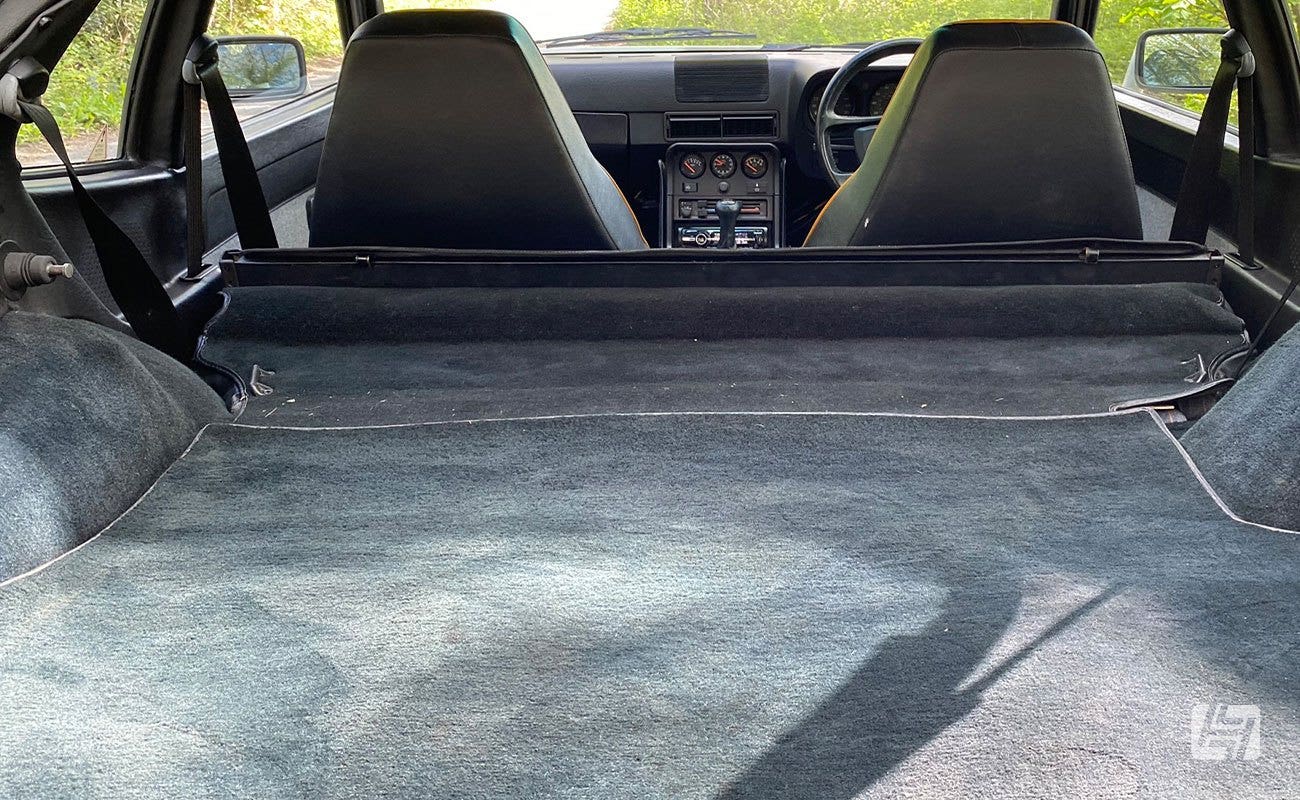

How much is a Porsche 924?
A Porsche 924 project can be picked up for £1000 if you look in the right place at the right time, but don't expect it to be in fine fettle. As we mentioned above, you only need to shell out for a new clutch and you've doubled the purchase price, so shop wisely. 2.0-litre cars are the most cost-effective and at the time of writing (2021) eBay had a couple of running and driving examples listed for less than £4000. Prices for these cars are very much dependant on mileage and condition with a few restored examples seeking £10k or more. Being a sportscar we'd suggest manual is the preferred transmission, but automatic examples do come up frequently, although shouldn't command a premium in our eyes. With more power and better brakes, the 924S deserves its higher price. Expect to pay between £6k and £15k for a 2.5-litre example, depending on history and condition. Special models, such as this LeMans will cost a little more, although, at £9995, this white car is very competitively priced with our friend Ian at Harris Classics. A 924 Turbo project can be sourced for less than you think, but you'll be in over £15k if you want one to get you home!
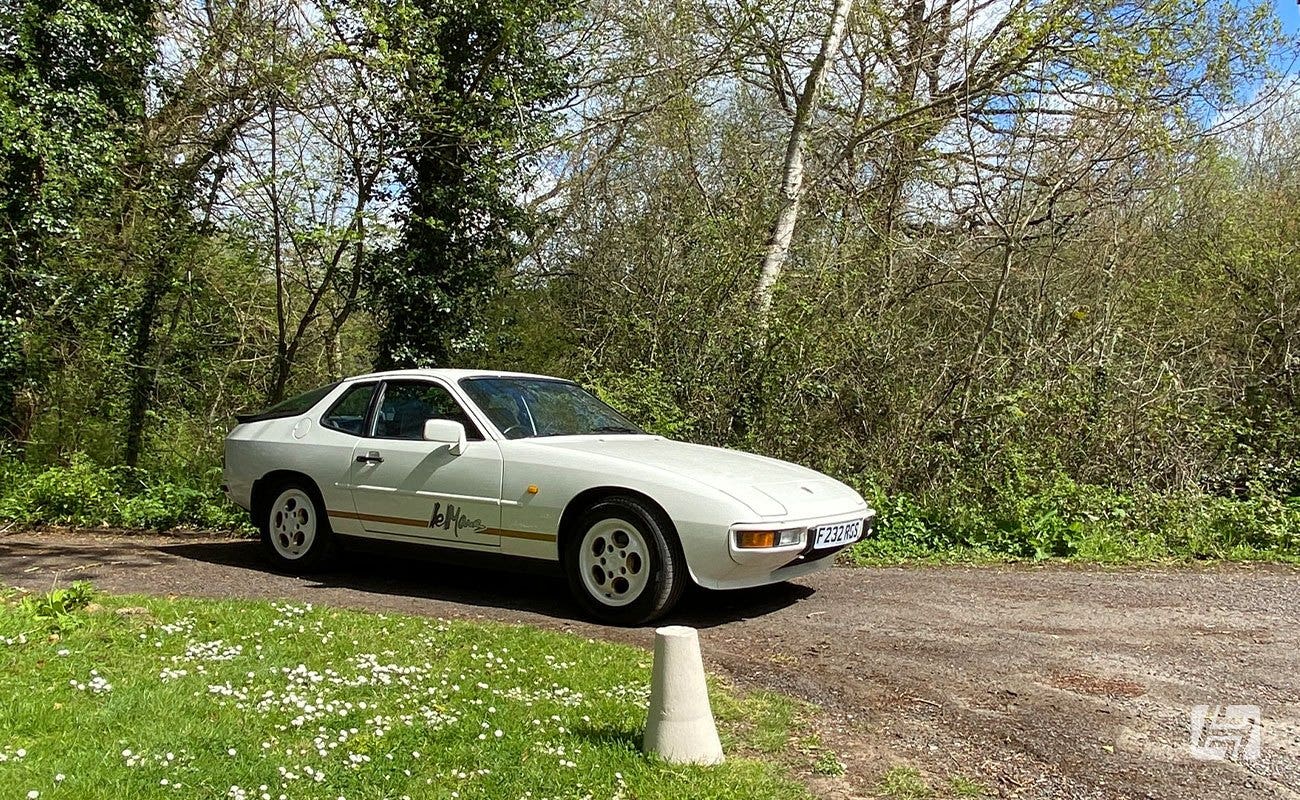

Summary
The 924 makes for a great ‘first Porsche’ and, as far as projects are concerned, they’re fairly simple to work on, too. Our best advice would be to take your time and seek out the very best example you can afford. Watch for rust and bad electrics and look at a few cars before you hand over your money. Don't be put off by the naysayers, you only need a few minutes behind the wheel to realise the fun a Porsche 924 could bring you. Interested in what the 944 has to offer? Read Andy's very open insight into his first year of Porsche 944 ownership here. Want a more modern Porsche for similar money? Check out our Porsche 986 Boxster buying guide now. Happy hunting, and keep us posted with what you buy!
Paul / Andy




 Beetle
Beetle
 T2 Bay
T2 Bay
 T2 Split
T2 Split
 T25
T25
 Transporter T4
Transporter T4
 Transporter T5
Transporter T5
 Golf Mk1
Golf Mk1
 Golf Mk2
Golf Mk2


 911
911
 996
996
 997
997
 986 Boxster
986 Boxster
 987 Boxster
987 Boxster
 912
912
 944
944
 924
924


 Defender
Defender
 Discovery Series 1
Discovery Series 1
 Discovery 2
Discovery 2
 Series 1, 2 & 3
Series 1, 2 & 3
 Freelander
Freelander
 Freelander 2
Freelander 2




